It’s tough to produce content that ranks well in 2021. According to Internet Live Stats, over 1.9 billion websites are online right now, and people make 3.5 billion searches per day on Google alone. Additionally, 91% of organizations now use content marketing, and most organizations have invested in short articles and blog posts.
So how do you stand out from the crowd with so much competition?
Search engines like Google, Bing, and Yahoo no longer rank content based solely on keywords. Instead, you need to deliver an educational experience that enriches the lives of anyone who visits your blog to stand out in search results.
Creating a content cluster strategy will help you do that. In this article, we’ll teach you what a content cluster is, how to create one, and the top tips you need for a strategy that works.
What is a cluster content strategy?
A content cluster strategy is a digital marketing technique that uses content clusters (groups of content in the same niche). The strategy consists of three key components:
- Content = which includes blog posts, video marketing, social media content, podcasts, news articles, press releases, and anything else you would expect to find in a typical content marketing strategy
- Internal links = which are links that take readers to other content on your domain
- Pillar pages (sometimes called “hub pages”) = which are central pages that link readers to content clusters and your service pages. Here’s a pillar page from Ecosia:
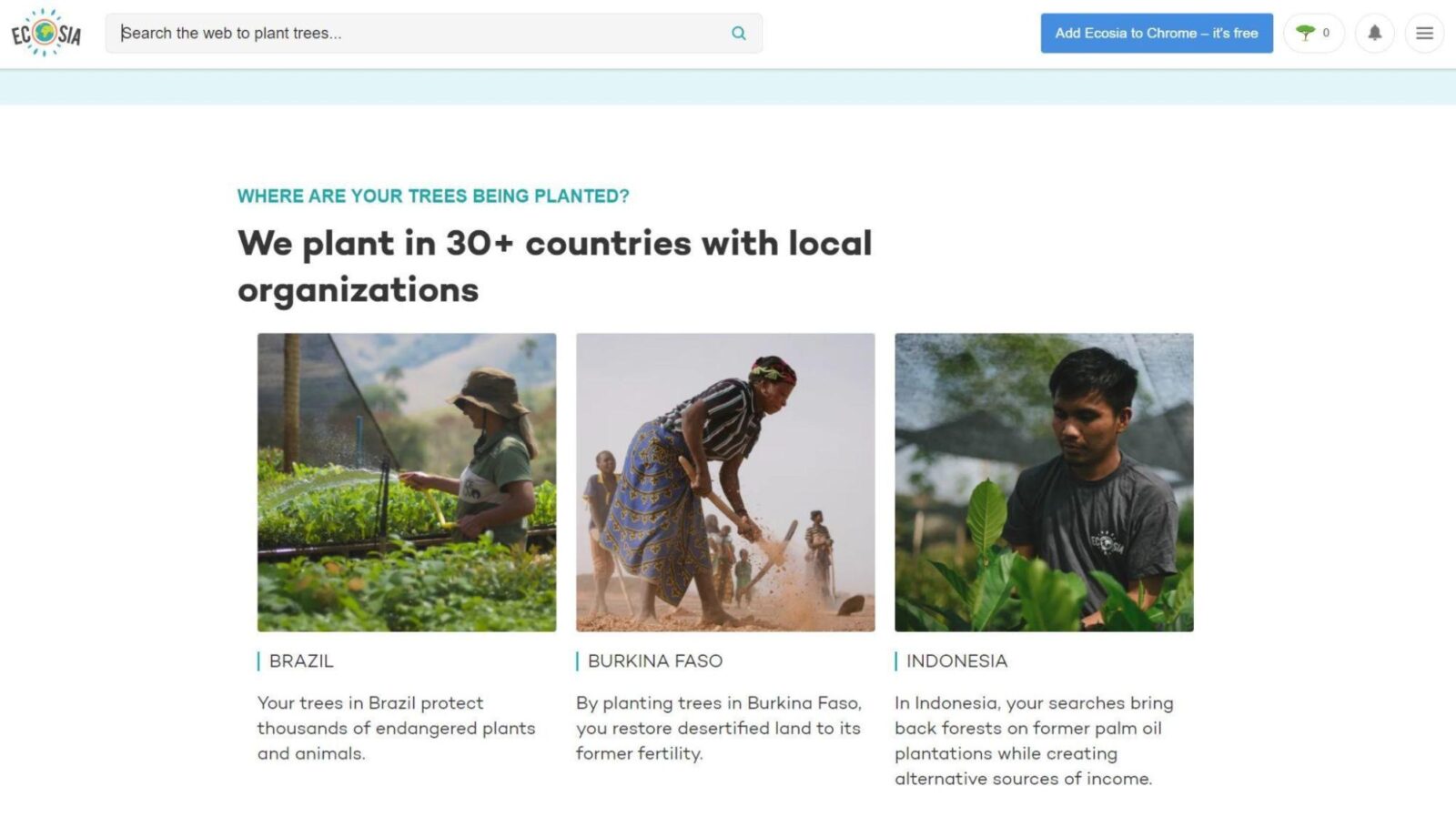
Source: Ecosia
The best way to understand how a cluster content strategy works is to compare two video content marketing websites with and without a cluster content strategy. The website with a cluster strategy groups content around niches like “video editing,” “video production,” and “video research,” while the website without a strategy publishes content randomly.
Where did cluster content strategies come from?
Though many websites have unknowingly used a cluster content strategy for years, marketers have focused on content clusters since Google launched its Machine Learning (ML) algorithm Google RankBrain in 2015.
RankBrain changed how Google indexed and evaluated pages for search results. These changes shifted Google’s algorithm’s focus from keywords to many other factors, including user experience and user intent.
Once the algorithm prioritized user experience, some marketers created content clusters that gave readers an organized and seamless experience. RankBrain started to reward these marketers with high-ranking search results, and thus, other marketers quickly followed suit and embraced content clusters.
Why you should use a cluster content strategy in your digital marketing
Having read this far, you’ve probably picked up on a few of the benefits of content clusters – including that they can help you perform well in search engine results. But that’s not all. Embracing a content cluster strategy can also help you:
1. Keep visitors on your website
Most website visitors only stay on a website between 10 and 20 seconds. If visitors can’t find what they are looking for, they will leave your site. That’s why a content cluster strategy works.
Clustering your content marketing makes it easy for your target audience to find the information they are looking for quickly. Thus, they will stay longer, build a stronger relationship with you, and are more likely to convert.
2. Improve your SEO
A cluster content strategy can improve your website’s Search Engine Optimization (SEO). Specifically, it will help you:
- Target the right keywords
- Target your content at different stages of the sales funnel (including Top-of-the-Funnel content, Middle-of-the-Funnel content, and Bottom-of-the-Funnel content)
- Avoid keyword cannibalization (when multiple web pages target the same keyword)
As you might imagine, improving your SEO will improve your organic traffic and Search Engine Results Page (SERP) performance.
3. Build high-quality backlinks
Clustered content can help you portray yourself as an authority in your field, as you can cover the nuances of a topic in a lot of detail without making your website look cluttered or disorganized.
Establishing your site as an authority will help you build backlinks. Backlinks are links from other websites, news organizations, and blogs that direct traffic to your website. Backlinks will increase your traffic, boost your brand’s media presence, and improve your performance in search engines.
How to implement a cluster content strategy
You don’t need to be a sales expert to master content clustering. From small business owners to professional digital marketers, anyone can implement a topic cluster strategy on their website.
Here’s how:
Step 1. Set goals
First, you need to set goals for your strategy. Setting goals will guide your strategy and give you a reference point to assess your performance.
Use SMART goals for best results. SMART goals are:
- Specific = they give you something tangible to work towards
- Measurable = you can access them with a metric (like revenue, website performance, conversions, etc.)
- Achievable = you can reach your goal using the resources and knowledge you currently have
- Realistic = the goal is possible
- Time-bound = the goal has an end date (like “by the end of FY2022” or “by the end of January”)
If you are having trouble setting a SMART goal, try this template:
“By (insert date/ time/ period), we will (insert milestone) by (insert metric).”
For example, “by the end of March, we will increase customer conversions from our “how to perform keyword research” blog post by 10%.”
Remember – you don’t need to use the same goals as other marketers. Every marketing strategy, product, and customer base is different. Tailor your goals to your audience, and be practical. If you can’t achieve your objective, using it as a reference point only sets you up for failure.
Step 2. Perform keyword research
Next, you need to perform keyword research and select keywords to target. Ideally, you should aim to cover a diverse range of keywords, including:
- Primary keywords = keywords that you want to rank for the most
- Secondary keywords = keywords that give more detail on your primary keyword (so if your primary keyword was “SEO,” your secondary keywords might be “search engine optimization strategy” and “search engine results pages”)
- Short-tail keywords = like “content” or “marketing”
- Long-tail keywords = keywords with low search traffic that are extremely specific (like “how to implement a new marketing strategy”)
- Geo-targeted keywords = keywords specific to your area
- Latent Semantic Indexing (LSI) keywords = keywords that are closely related to your primary keywords (like synonyms)
Step 3. Sort your keywords into clusters
Once you’ve conducted keyword research and chosen your keywords, you need to look for them in your current content with a content audit. A content audit assesses your content’s keywords, performance, quality, and usefulness. To perform a keyword audit, rank each piece of content against those factors in a spreadsheet.
Next, use a content mapping tool to envision your ideal content strategy. Your content map will show you the types of content clusters you need for each phase of the sales funnel. The sales funnel includes the phases Awareness, Interest, Desire, and Action (AIDA).
Finally, compare your content audit to your content map and work your existing content into your map.
Step 4. Craft content for each cluster
At this stage, you will have some clusters that are full of content and others that need more. You’ll know if you have enough content in each cluster if you have:
- Covered the cluster’s keywords
- Addressed the cluster’s primary questions
- Explored the nuances of each topic
- Produced several different pieces of content within each niche
Take this opportunity to craft new content to fill each cluster. We recommend creating diverse content, including a mixture of blog posts, infographics, images, podcasts, and short-form and long-form videos.
Alternatively, you could respin content into a new format. For example, you could take an article like this:
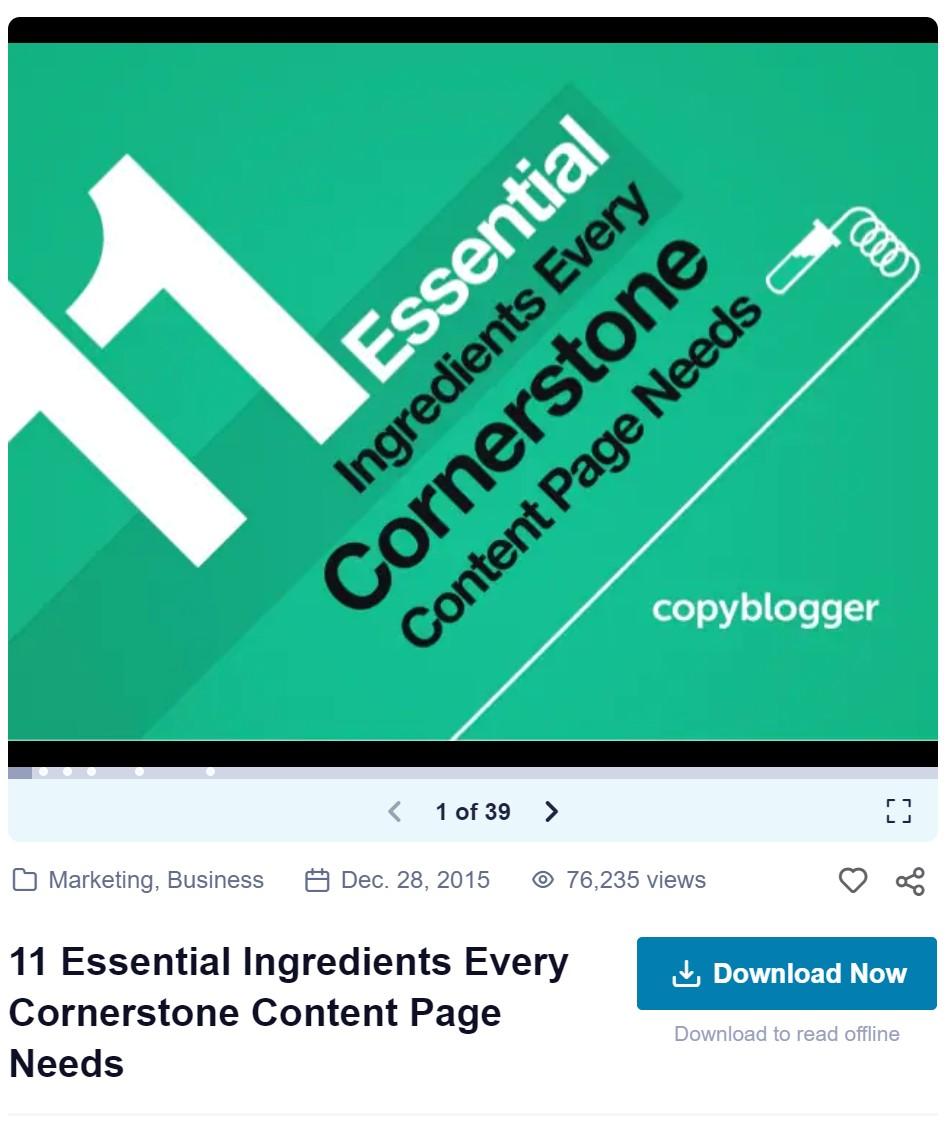
Source: Slideshare.net
And turn it into this:
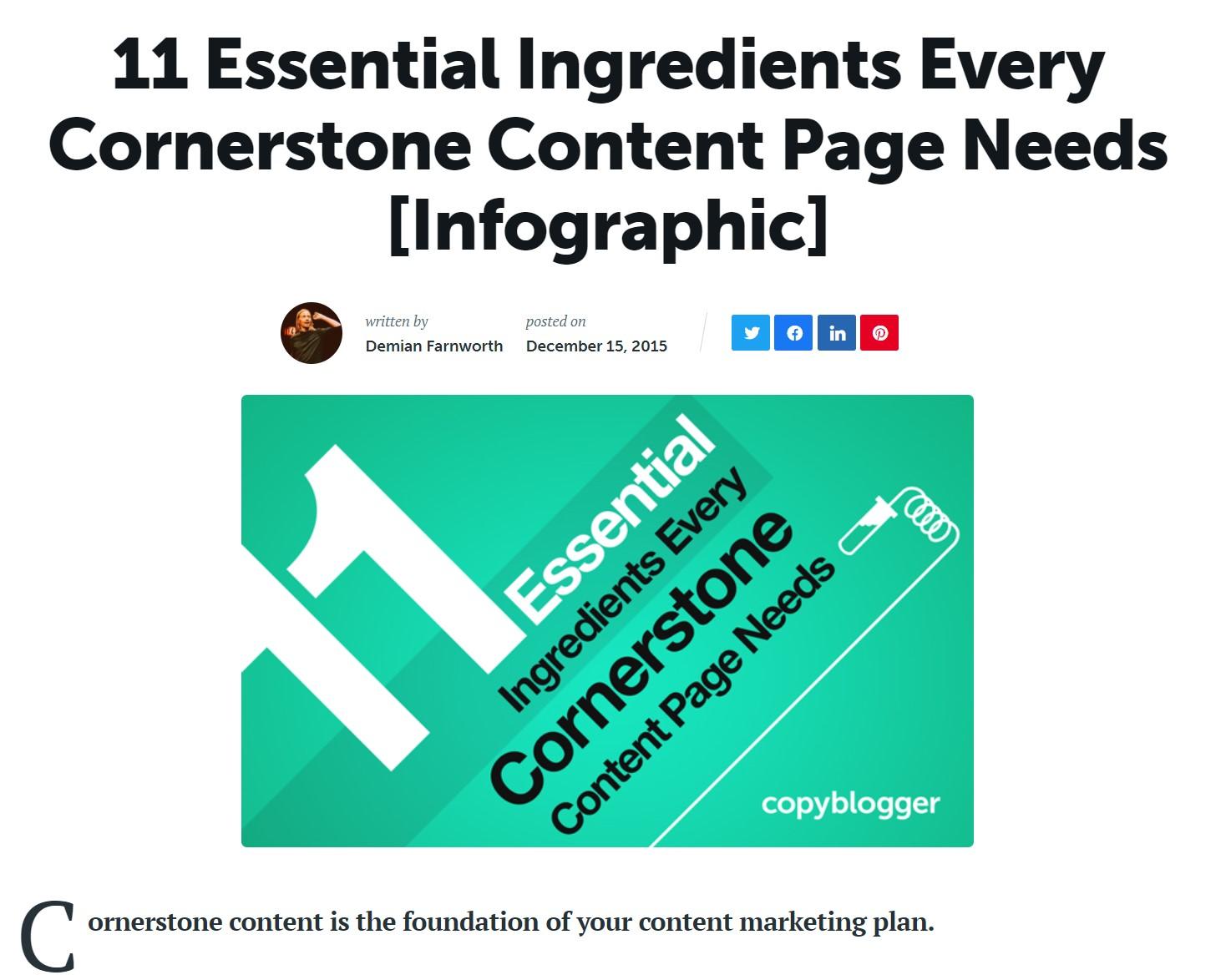
Source: Copyblogger
Step 5. Link your clusters together
Next, you need to link your clusters together with internal links. There are two places you should put internal links: on your pillar pages and throughout your content.
If you aren’t an experienced copywriter, creating internal links may seem tricky. Use these tips for best results:
- Insert internal links in a contextually relevant place in the text
- Use 2 – 5 words per link (so people can click it easily on mobile)
- Insert videos and social media posts into blog posts and your pillar page
- Create links with anchors that catch people’s interest (including statistics, quotes, and expert opinions)
- Use a strong Call-to-Action (CTA) on links on your pillar page. For example, “click here to learn about (insert content cluster).”
You can also include internal links at the start and end of your content under a heading like “similar content.”
Step 6. Audit your content and maintain it
Finally, you’ll need to assess the strength of your cluster strategy so you can improve it where needed. The best way to assess your strategy as a whole is to compare your progress to your goal.
You should also assess each piece of content individually by checking:
- Whether it follows best-practice SEO guidelines
- How readers and visitors respond to it
- Whether it meets your internal quality measures
- How it performs in search results
- How effectively the CTA works
You’ll also need to add to your strategy long-term. As new keywords and topics in your niche gain popularity, capitalize on them.
Tips for producing great content clusters
Now that you know how to create a cluster-centric content marketing strategy, you’re ready to embrace it on your website. Here are four tips to help you create the best strategy possible.
Look for content gaps
Content gaps are topics, keywords, and questions your current content clusters don’t cover. It’s easy to miss content gaps when performing an internal audit of your content, as you may not realize that a particular topic is trending if you only look at your own site.
To find content clusters, analyze competitors’ sites for missing content and add it into your clusters.
Use multiple pillar pages
While most companies optimize their homepage as a pillar page, many marketers forget to optimize other key pages.
For best results, build multiple pillar pages to grab traffic from multiple sources. You could do this through:
- Creating pages centered around key topics
- Creating a newspaper-style page for your blog posts
- Creating a landing page for your knowledge base
Here’s Kinsta’s knowledge base page for inspiration:
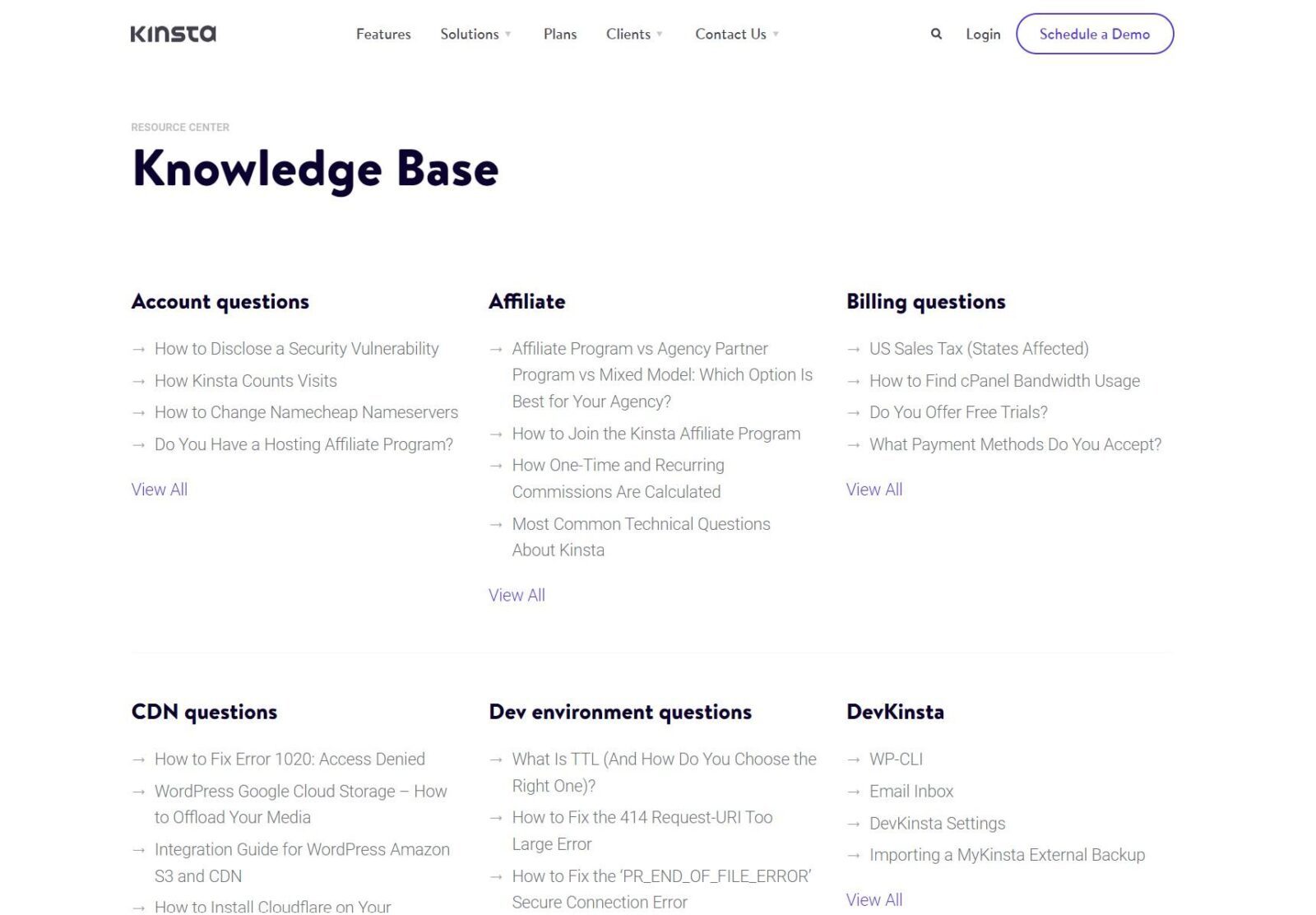
Source: Kinsta
Creating multiple pillar pages will increase your internal traffic, as they will help your target audience navigate your site more effectively. Just make sure you differentiate your pillar pages and target different keywords (so your pages don’t compete with each other in search results).
Get creative with your content
You don’t need to limit your content marketing to just blog posts. Your content cluster strategy can include any type of content you like, as long as it’s relevant to your brand and audience.
For example, you could hold a webinar or virtual summit if you operate in a Business-to-Business (B2B) field.
If you sell a service in a niche that’s confusing for the average customer, create an eBook to answer people’s questions.
Or, if you sell a product that’s difficult to envision in pictures, film a product demo video. Here’s a fun example of a product demo video from Hasbro Australia:
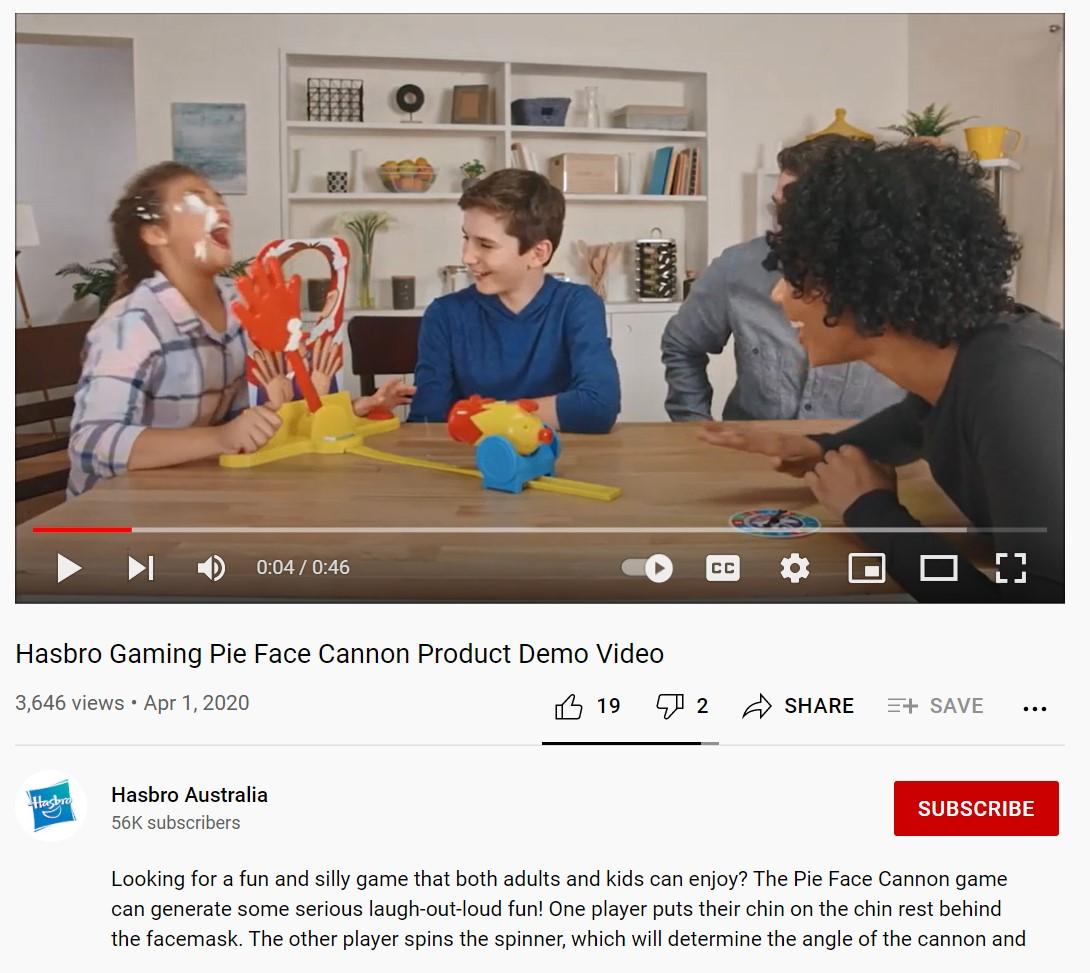
Source: YouTube
Develop high-quality blog posts
The quality of your content matters, as research shows that 60% of consumers won’t buy from a brand that publishes a poorly written blog post. Thus, any blog content you produce needs to be top-quality. That means it’s:
- Error-free
- Well researched
- Cited correctly
- Readable for people who aren’t familiar with local colloquialisms
- Easy to understand
- Free of industry jargon
You should also pay careful attention to the blog platform you use. If you use a platform that’s slow, difficult to navigate or has a bad user experience, people won’t stay on the page long enough to read your posts.
Related: How to create high-quality blog posts that rank
Content clusters: the best content marketing strategy for 2022
From the outside, a content cluster strategy may seem difficult. But it’s easier than you think. Follow the steps in this article, and you’ll create a winning cluster strategy in no time.
Just don’t forget to:
- Prioritize your pillar pages
- Create content in different formats (including videos, images, blog posts, etc.)
- Build high-quality internal links
- Leverage your existing content and create fresh content to capitalize on new trends
- Consider SEO when crafting content
- Choose your keywords carefully
And if you’re ever stuck, go back to basics and prioritize the user experience above all else. Meeting user needs is the secret to a great content marketing strategy.




